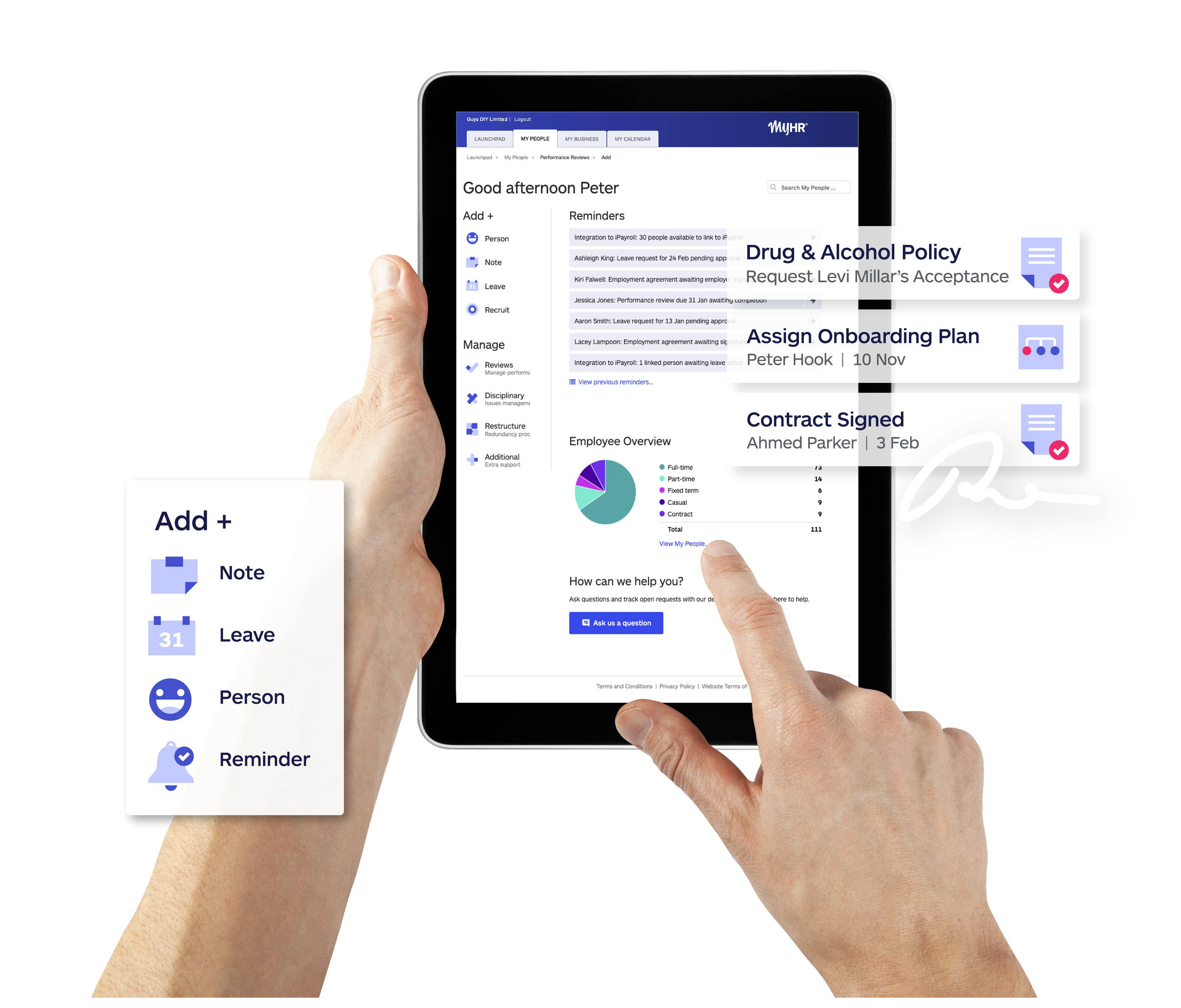Bad eggs. Tough cookies. Just about every Australian business-owner or manager has to deal with them at some point.
We can go through incredibly thorough recruitment and onboarding processes and sometimes still end up with an employee who is prickly to deal with, has a hard time getting on with others, flouts the company’s systems or customs, or just doesn’t perform anywhere near expectations.
A problematic employee can cause quite a bit of harm, especially in a small company. We’re not talking about isolated incidents or extreme behaviour like bullying, violence or theft, but rather the nagging, niggling conduct or attitude that annoys, disrupts, or drags others down.
Left unchecked, the effect of their unwelcome behaviour can spread and contaminate the working environment, harming employee relations and inhibiting productivity. It can also lead to increased absenteeism and staff turnover.
Of course, employers and managers would rather spend their time, thought, and emotional energy on more positive matters, but dealing with these issues is a must.
So let’s look at the best ways to handle those thorny employees.
Address the problem
You’ve heard this before, but we can’t stress it enough. Address the matter sooner rather than later.
Dealing with a difficult employee is uncomfortable, but it shouldn’t be avoided. The problematic conduct is unlikely to magically disappear and, if left unaddressed, it could mean one employee has a toxic impact on your team’s wellbeing, morale, and performance.
Look into it
You may find out about an employee being disruptive or troublesome from another employee who complains, or you may experience it yourself.
To give yourself the best chance of turning the situation around, try to gain the clearest possible understanding of what’s going on. Don’t just go blazing in; do some background research.
Is there any evidence of underlying issues that could be causing the person to behave the way they are? Do they have problems outside work? Is it a personality clash? Are expectations clear? Have they had sufficient support and training?
Keep an open mind, stay objective, and challenge your own assumptions.
As with all steps in the process, write any findings down so you have a record and can share the information with the person.
Meet
Request a meeting with your employee to discuss the issues. Again, do this in writing so you have a record. It doesn’t have to be a formal letter with the company header; an email, text or instant message will work just as well.
Giving tough feedback is one of the most uncomfortable things a manager has to do - especially if the person is talented but unruly - and it needs to be done in the best possible way.
Create a professional yet open environment where the employee feels comfortable enough to discuss what’s going on. Rather than firing off accusations or blunt criticism (likely to create conflict or make the person defensive), show that you care about their wellbeing but that you’re also there to ensure the workplace is respectful and productive.
Be specific about how their behaviour is affecting others and having a negative influence on the business. People aren’t always fully aware of the effect they are having.
Give the employee ample chance to respond. Ask them for insight into the issue and how they think the situation and their conduct could improve. They may have suggestions on better ways of working or raise legitimate issues about conditions, training, or their workmates.
A difficult employee may start acting quite differently once she or he feels heard.
Come up with a plan
Work together on a plan to minimise the disruptive behaviour and replace it with more positive action. Tailor your approach to the needs of the employee and the best way for them to work successfully as part of the team.
You might need to change things up. If appropriate (and possible), it may help to move the employee to a different team or business unit.
If the person needs a hand to sort out their personal life, provide them with any assistance and resources the business may have, such as an employee assistance program, or seek outside help.
The lengths you go to will depend on your resources as a business. If you’re a small employer, you don’t necessarily have to pay for 10 counselling sessions; there are usually small things you can do to help them feel supported and on track at work, like taking them out for a coffee every few weeks.
Any suggestions for improvement should be constructive, clearly defined, and measurable.
Make sure you let them know what the consequences will be if they don’t improve, e.g. you may put them on a performance improvement plan (PIP).
Decide on a timeframe and give the employee plenty of opportunity to demonstrate they can improve. Be realistic about the speed of change.
Schedule in regular, effective review meetings (along with less formal catch-ups) to support the person, keep track of their progress, and give them specific feedback.
Disciplinary procedure and termination
With the right support, most employees will recognise the negative behavior and will try to turn it around. If the undesirable behaviour continues, you will need to move onto more formal counselling and disciplinary action.
This might result in a formal written warning being issued. If this is a possibility, make sure it’s clear at the outset, so the person knows that if they repeat the behaviour or their performance doesn’t improve, then their job is at risk.
If you follow fair and transparent process when dealing with your concerns, you will be on firm ground if the person doesn’t change (or attempt to), and you exhaust other options and have to terminate their employment.
-1.jpg)
